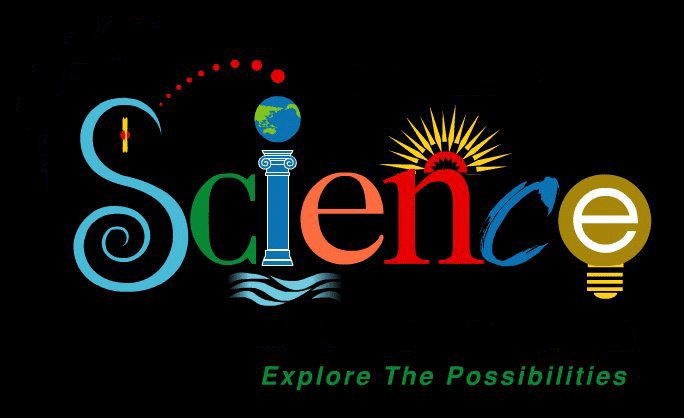In this week class, we learnt about World Wide Web such as Web 1.0 and Web 2.0.
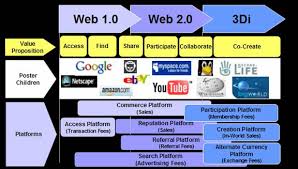
What is Web1.0?
According to Berners-Lee, it could be considered the "read-only web." In other words, the early web allowed us to search for information and read it. There was very little in the way of user interaction or content contribution. However, this is exactly what most website owners wanted: Their goal for a website was to establish an online presence and make their information available to anyone at any time. It also occurs during 1991 to 2003 and a retronym that refers to the state of the World Wide Web, and any website design style used before the advent of the Web 2.0 phenomenon.
Link: http://www.practicalecommerce.com/articles/464-Basic-Definitions-Web-1-0-Web-2-0-Web-3-0
What is Web2.0?
Web 2.0 gives its users the free choice to ‘interact or collaborate’ with each other in a social media dialogue as creators of user-generated content in a virtual community, in contrast to websites where users are limited to the passive viewing of content that was created for them. Web 2.0 gives the users opportunities to give feedback on the web.
The examples of Web 2.0 include social-networking sites, blogs, wikis, video-sharing sites, hosted services, web applications, mashups and folksonomies.
Blog

It refers to a type of website or part of a website. Blogs are usually maintained by an individual with regular entries of commentary, descriptions of events, or other material such as graphics or video. Entries are commonly displayed in reverse-chronological order. Most blogs are interactive, allowing visitors to leave comments and even message each other via widgets on the blogs and it is this interactivity that distinguishes them from other static websites. Many blogs provide commentary or news on a particular subject; others function as more personal online diaries. A typical blog combines text, images, and links to other blogs, Web pages, and other media related to its topic. The ability of readers to leave comments in an interactive format is an important part of many blogs. Most blogs are primarily textual, although some focus on art (Art blog), photographs (photoblog), videos (video blogging), music (MP3 blog), and audio (podcasting). Microblogging is another type of blogging, featuring very short posts.
Wiki
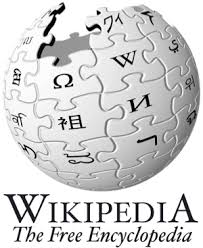
A website that allows the easy creation and editing of any number of interlinked web pages via a web browser using a simplified markup language or a WYSIWYG text editor. Wikis are typically powered by wiki software and are often used to create collaborative wiki websites, to power community websites, for personal note taking, in corporate intranets, and in knowledge management systems. Wikis may exist to serve a specific purpose, and in such cases, users use their editorial rights to remove material that is considered "off topic." Such is the case of the collaborative encyclopedia Wikipedia. In contrast, open purpose wikis accept content without firm rules as to how the content should be organized.
Social Networking
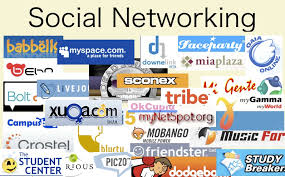
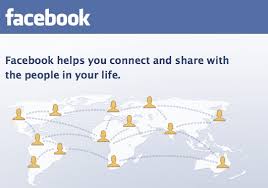
A social structure made up of individuals (or organizations) called "nodes," which are tied (connected) by one or more specific types of interdependency, such as friendship, kinship, common interest, financial exchange, dislike, relationships, or relationships of beliefs, knowledge or prestige.
Media Sharing

It occurs through online social networks and digital communities with a comprehensive platform and diversified interfaces to aggregate, upload, compress, host and distribute images, text, applications, videos, audio, games and new media. It is the interactive process of sending via email, instant message, text message, posting or linking to media on a website or blog and other methods of sharing media to a targeted audience. As media is shared it takes on a variety of different contexts and meanings.
Personally, I realized that Web 1.0 and Web 2.0 are crucial for the both parties whom are the teachers and the students. The teachers can use Web 1.0 and Web 2.0 to get extra information regarding their teaching strategies, approaches, information about the subjects meanwhile the students can use it as a platform to widen their knowledge and eventually they can enhance their learning process.
In brief, I have learnt that we should use technological knowledge such as Web 1.0 and Web 2.0 as much as possible because we are living in the era of Globalisation yet it can create an active learning process to the students in the education context..
